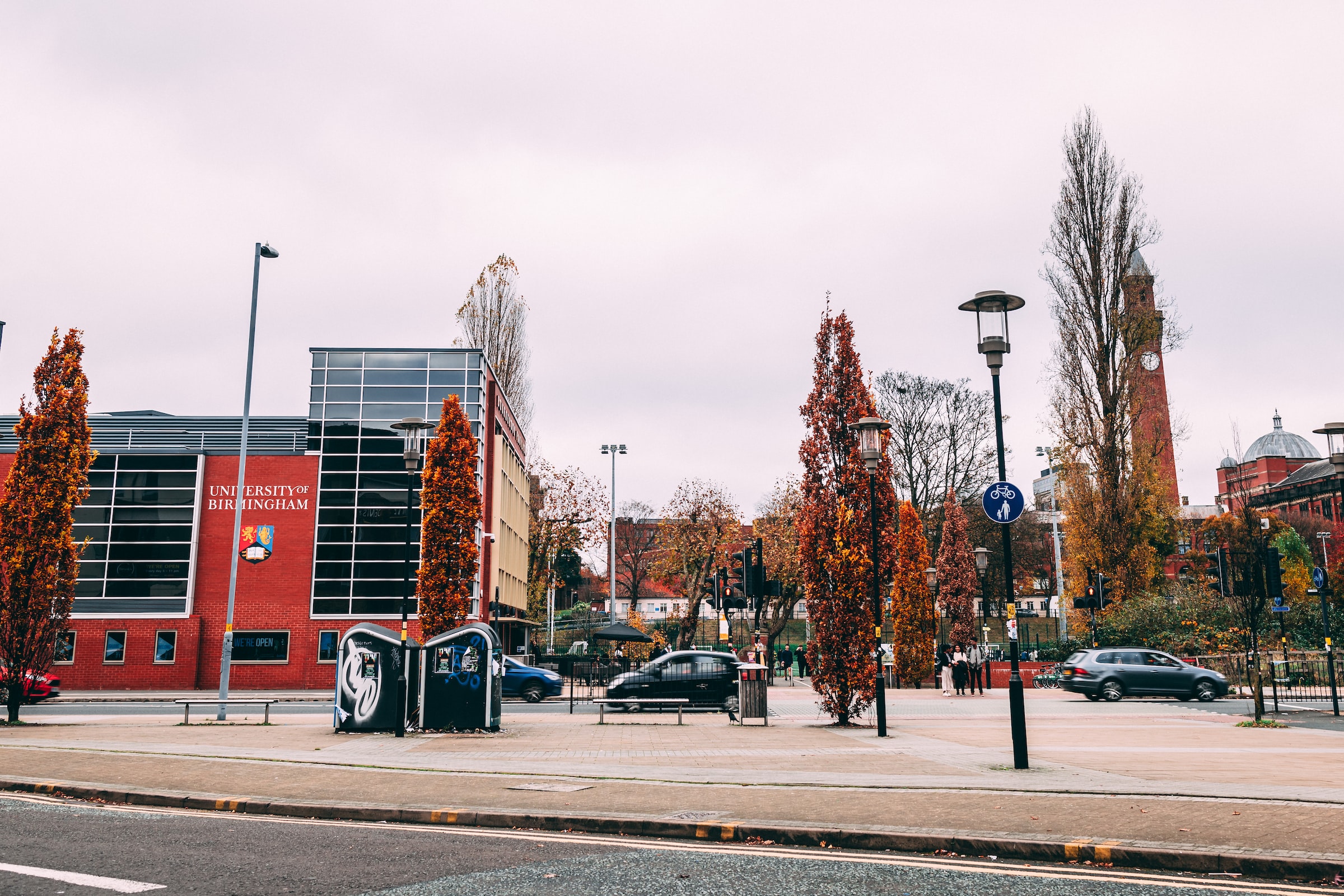
Music Critic Ffion Haf explores some of the reasons for music videos following Tones and I’s ‘Dance Monkey’ video reaching one billion views on YouTube
Ever since Tones And I‘s infectious ‘Dance Monkey’ hit the music world by storm last year, the song is yet to get out of our heads. Therefore, it comes as no surprise that on May 19th, the music video for the song hit one billion views on YouTube just one year after it was released. Its success has recently raised the question of whether music videos are still as important as they used to be. Lately, it may feel like music videos have taken a backseat in the minds of many – we are no longer exposed to music videos as often with the way technology is changing. Habits of listening to music have changed, there are no videos on Spotify, and our diminishing attention spans pose the temptation to look at a different screen whilst our music plays in the background. Although some might argue that music videos pay no relevance to today’s day and age or the music itself, I believe that as an art form, they are still as important now as they have ever been.
“We are no longer exposed to music videos as often with the way technology is changing
Music videos are a focal point of what the artist hopes to express through their music, and it forms a substantial part of their creative vision. The visual impact of a video can be just as powerful as the music. A video has the ability to connect an artist with their listeners, as it allows fans to get to know the artist and see the world through their eyes for the duration of a song. People feel a bond when they are able to share experiences and emotions, and music videos give the opportunity for this to happen. Music videos do so much more than compliment a song, they also build on it: the content of a video can be the difference between simply enjoying a song and truly understanding the meaning behind it.
Music videos give the opportunity to see the artist’s vision unfold in front of our own eyes. We do not simply hear but we see too. They create a multi-dimensional experience, giving the audience a truly sensational experience. When we watch music videos, we are watching a song’s visual representation, we see what the artist sees when listening to their music.
Have a look at some more of our recent Features:
An Ode to Redbrick – 2019/20
10 Years On: LCD Soundsystem – This Is Happening
Pitchfork’s Elusive 10/10: Is Pink Floyd’s Animals Deserving?

Comments